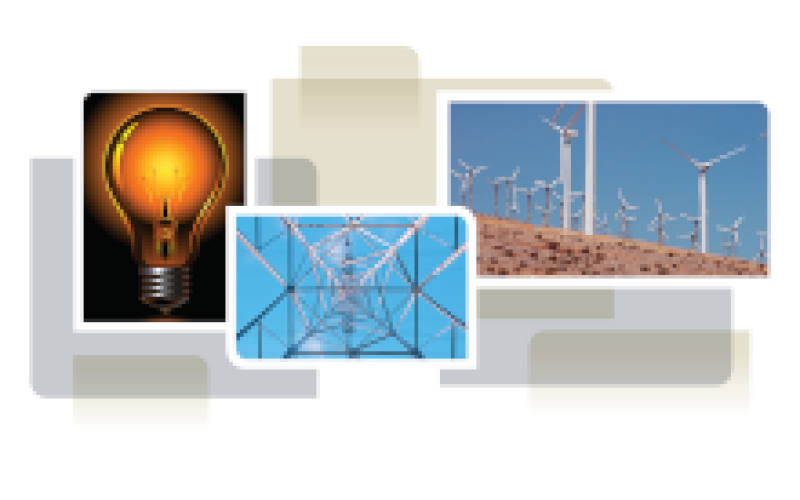
Consumers
The Full Cost of Electricity study seeks to quantify the costs associated with different generation technologies, and how those costs interact with the cost of electric delivery, consumption, and to determine the total direct and indirect costs of electricity.
Electricity consumers are the principal drivers of the electricity system — electricity generation and delivery infrastructure are built to produce electricity when and where consumers desire. Electricity is valuable because it is flexible and clean at the point of consumption for a variety of end-use applications, such as lighting, cooling, heating, computing, and many others.
Electricity must be delivered to consumers precisely when they demand it. To accomplish this task, electricity generators are scheduled to meet the anticipated level electric demand at all times during each day.
Electricity must also be delivered to consumers precisely where they demand it. An enormous amount of poles, wires, substations, transformers, and other electrical equipment is required to efficiently and reliably deliver electricity from generators to end users. The cost of this equipment represents a significant portion of the final retail electricity price.
Traditionally, electricity has been generated far from consumers when they demand it. Today, new business models and technologies, such as distributed energy (e.g., solar photovoltaics) and storage systems, are blurring the distinctions between consumers and generators as well as when and where electricity generation occurs.
Related Energy Institute Publications

EPA’s Valuation of Environmental Externalities from Electricity Production

Future Utility Business Models

The History and Evolution of the U.S. Electricity Industry

Household Energy Costs for Texans

Impact of renewable generation on operational reserves requirements: When more could be less

